So I'm creating a Use Case Diagram from a system I use at work. It's a simple Restaurant system to register orders, products etc.
My main concern with the Use Case Diagram is whether or not I should add 'Printers' as Actors. I added an image to this thread so you can visualize exactly what I mean.
Does this make any sense? Is this a correct use of Actors who are not persons such as Admin or Employee? If not, what should I do so it shows a correct Use Case Diagram?
